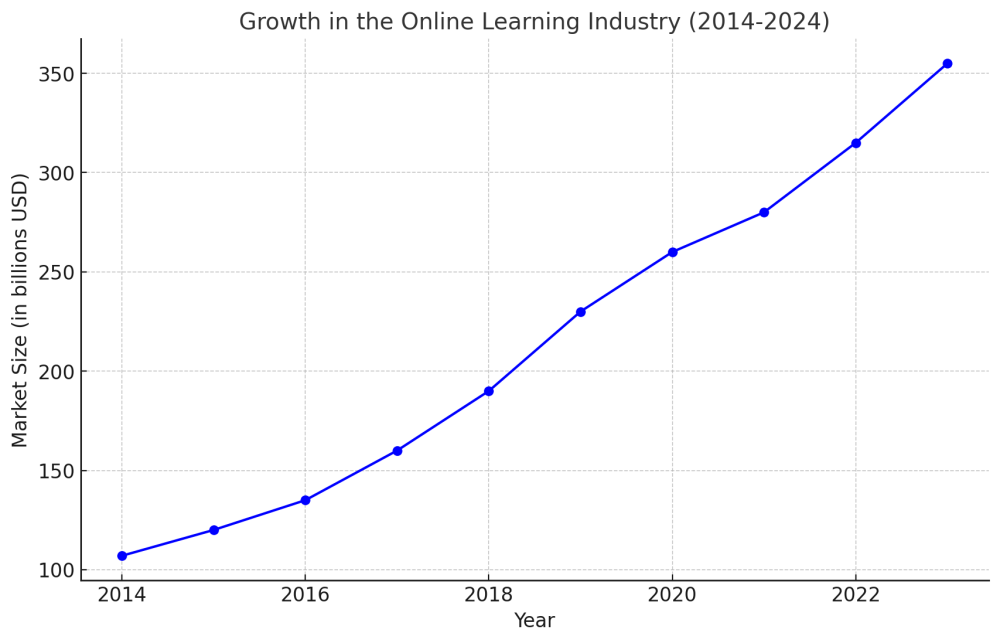
Building a self-paced online course is like sharing your expertise in a box that people can open anytime. Intriguing, right? But where do you even start? Let’s break it down.
First, I need to understand the basics: What is a self-paced online course? It’s simple. It’s a course that learners can progress through at their own pace. There are no rigid schedules or forced timelines. They decide when and how fast they move through the content.
Next up, essential tools and platforms. You’ll need a solid Learning Management System, or LMS, to host your course. Top choices include Teachable, Thinkific, and Kajabi. Each has its perks, so explore a bit before settling. You’ll also need good-quality video recording and editing software. Think along the lines of CAMTASIA® or ScreenFlow.
Designing the curriculum is your next big step. Start with brainstorming topics. What are the essentials? Avoid overloading. Keep it clear and straightforward. Structure your lessons logically, and make sure each one flows into the next.
Crafting the course content might sound daunting, but break it down. Video lessons, quizzes, and assignments are your core components. Mix them up to keep things interesting.
Write scripts for your videos and keep them conversational—like you’re talking to a friend. Use visuals to explain complex ideas. Think infographics, slides, and diagrams.
Last but not least, developing a user-friendly interface is crucial. Your course needs to be intuitive. Participants shouldn’t spend hours figuring out how to navigate. Test your course from a learner’s perspective. Is it easy to find the next lesson? Are the quizzes accessible? Fine-tune until it’s seamless.
And hey, don’t forget accessibility. Ensure that people with disabilities can access your course. That means considering subtitles, screen readers, and keyboard navigation. Inclusivity isn’t just nice to have; it’s a must.
Is Selling Online Courses Profitable?
Jumping into the market without knowing your audience is like setting sail without a map. Research trends in your area of expertise, use tools like Google Trends or keyword planners and understand what learners are actively seeking.
Your course is only as profitable as the quality of the content and delivery method you use to connect with your potential audience.
Pricing strategies for different types of online courses. Your pricing can be a game-changer. Experiment with various pricing models like one-time payments, subscription-based access, or tiered pricing where basic courses are cheaper and advanced modules cost more. Test out these models to see what resonates best with your audience.
Give value for the money. People work hard for their money, so give them something they can use: actionable.
Case studies of successful online course creators. Real-world examples can help you to start your training. Consider creators like John Lee Dumas of Podcasters’ Paradise, who turned his passion into a thriving business. Their insights and strategies can be priceless.
Building a brand and marketing your course. A top-notch course without marketing is like having a secret you’re too afraid to tell. Use social media platforms, blogs, podcasts, and email campaigns to get the word out. Consistent branding across all channels builds trust and recognition.
Platforms for selling your online course: Marketplace vs. self-hosted. Each platform has its own set of pros and cons. Platforms like Udemy or Skillshare provide ready-made audiences but come with a fee. Self-hosting on platforms like Teachable or Thinkific gives you control but requires more effort to attract students.
 Growth in the Online Learning Industry (2014-2024)
Growth in the Online Learning Industry (2014-2024)
Here is a chart illustrating the growth of the online learning industry over the past 10 years. As you can see, the industry has seen consistent growth, with a significant increase in market size, reaching over $350 billion in 2024. This growth reflects the rising demand for accessible, flexible learning solutions from platforms like Udemy and other e-learning providers.
This trend suggests that the interest in online learning will likely continue to expand as more people seek new skills and career development opportunities through these platforms.
Managing finances: Budgeting, revenue streams, and expenses. Treat your course creation like a business. Track every dollar spent and earned. Consider all potential revenue streams, including course fees, upsells, and affiliate marketing. A clear budget helps in scaling your efforts.
How Do I Start Learning Online Courses?
By putting the shoe on the other foot, we will gain the customer’s perspective on what they want from an online course.
Finding the right online course is key. Start with your goals. What do you want to achieve? Whether it’s learning a new skill, advancing your career, or exploring a hobby, having a clear goal will guide your choice.
Evaluating course credibility matters. Look at the instructor’s qualifications and read reviews. Check out their credentials and experience. A well-reviewed course with a credible instructor can be a great learning experience.
Maximizing the benefits of self-paced courses is all about balance. Set a schedule that works for you and stick to it. Create a dedicated study space free from distractions. Use tools like calendars and reminders to stay on track.
Maintaining motivation is vital. Connect with fellow learners through forums or study groups. Sharing progress and challenges can keep you inspired. Celebrate small victories to keep the momentum going.
Balancing online learning with other commitments can be tricky. Flexibility is one of the main perks. Please make the most of it by fitting learning into your routine. Short, focused study sessions can be more effective than long, tedious ones.
Utilizing community resources and peer support enhances your learning journey. Join online communities related to your course topic. Engage with peers, ask questions, and share insights. This builds an invaluable support network.
Build a course based on what you want and expect from an online course, and you’ll be well on your way.
Creating and Selling Your Course Curriculum
Researching and planning your curriculum sets the foundation. Know your audience’s needs and the gaps in current offerings. Gather information through surveys, social media insights, and forums. Based on that, outline your course structure comprehensively.
Structuring your course content for maximum impact keeps learners engaged. Start with an introduction, follow up with core content, and finish with advanced topics. Each section should build logically on the previous one. Visual aids and interactive elements can enhance the learning experience.
Recording and editing high-quality video lessons is crucial. Invest in good recording equipment and software. Practice speaking clearly and engagingly. Edit your videos to remove distractions or errors, ensuring a professional final product.
Creating supporting materials like workbooks, slides, and supplementary resources enriches the learning experience. These materials can help reinforce lessons and provide additional practice. Ensure they’re well-designed and easy to follow.
Marketing strategies are essential for reaching potential students. Leverage social media platforms, email campaigns, and partnerships with influencers in your niche. Regularly share valuable content related to your course topic to build authority and attract learners.
Tracking success and gathering feedback ensures continuous improvement. Use analytics to monitor engagement and completion rates. Collect feedback through surveys and reviews. Iterate on your course materials, updating and improving them based on this information.
As you can see, quite a bit goes into creating an online business. Be prepared to face challenges, but don’t give up. You’re the expert. Bring your expertise to the world and make it a better place.
Dave

Yourturnmarketing.com
